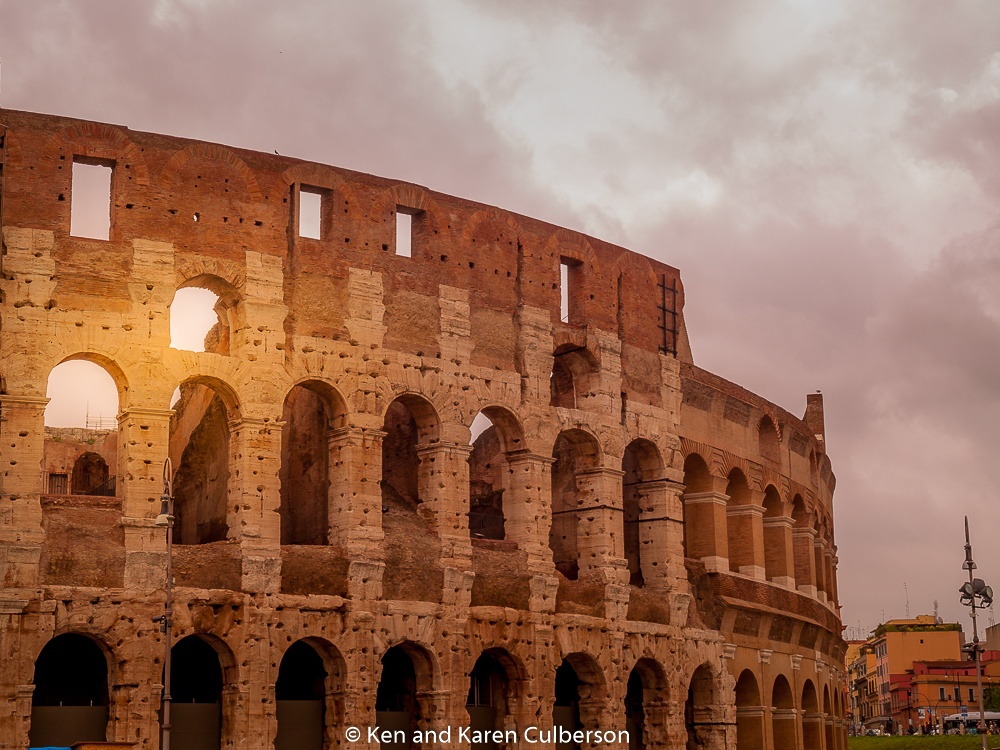This is a list of the UNESCO World Heritage Sites we have visited during our travels and adventures.
But before we get to the list, what is a UNESCO World Heritage Site? A World Heritage Site is a landmark or area which is selected by the United Nations Educational, Scientific and Cultural Organization as having cultural, historical, scientific or other form of significance, and is legally protected by international treaties. If you really want to dive into the details of UNESCO, click here.
Argentina
Iguazu National Park Visited January 2015
Iguazú National Park covers an area of subtropical rainforest in Argentina’s Misiones province, on the border with Brazil. Within the park on the Iguazú River, the renowned Iguazú Falls encompasses many separate cascades, including the iconic Garganta del Diablo or “Devil’s Throat.” The surrounding park features diverse wildlife including coatis, jaguars and toucans, plus trails and viewing platforms.
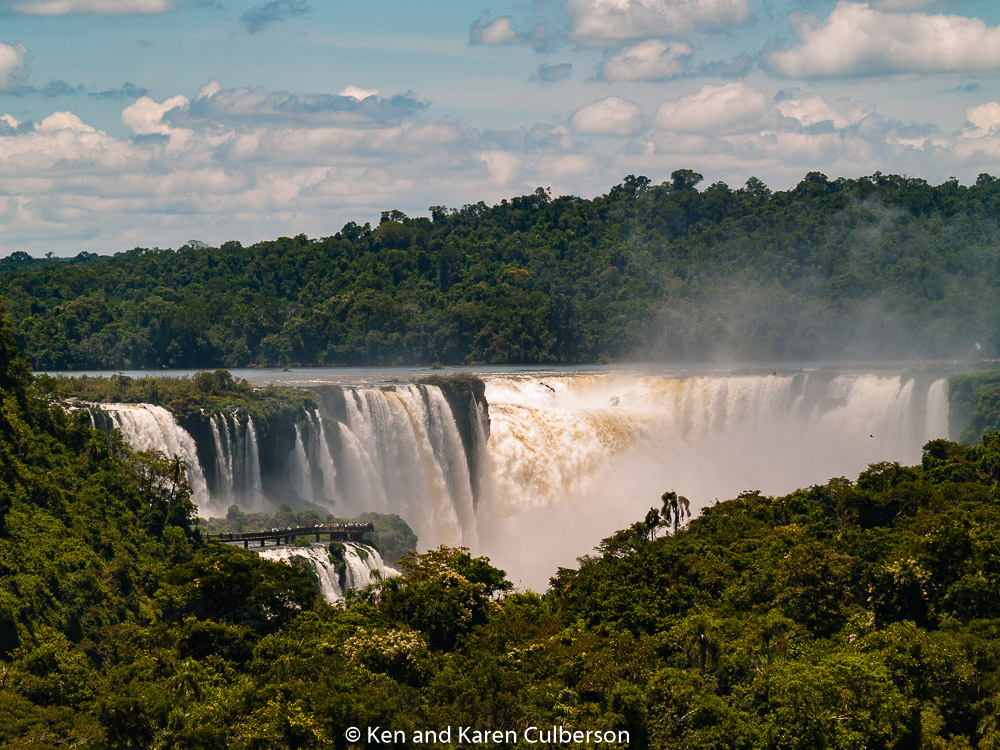
Iguazu National Park
Península Valdés Visited February 2015
Península Valdés is a Patagonian nature reserve on the coast of Argentina. It’s known for the marine animals inhabiting its surrounding beaches and waters, such as whales, sea lions and elephant seals. On the peninsula’s west is the village and beach of Puerto Pirámides, once a salt-mining port. Beaches nearby include Los Molinos, with an abandoned windmill, and Las Cuevas, named after the caves in its low cliffs.
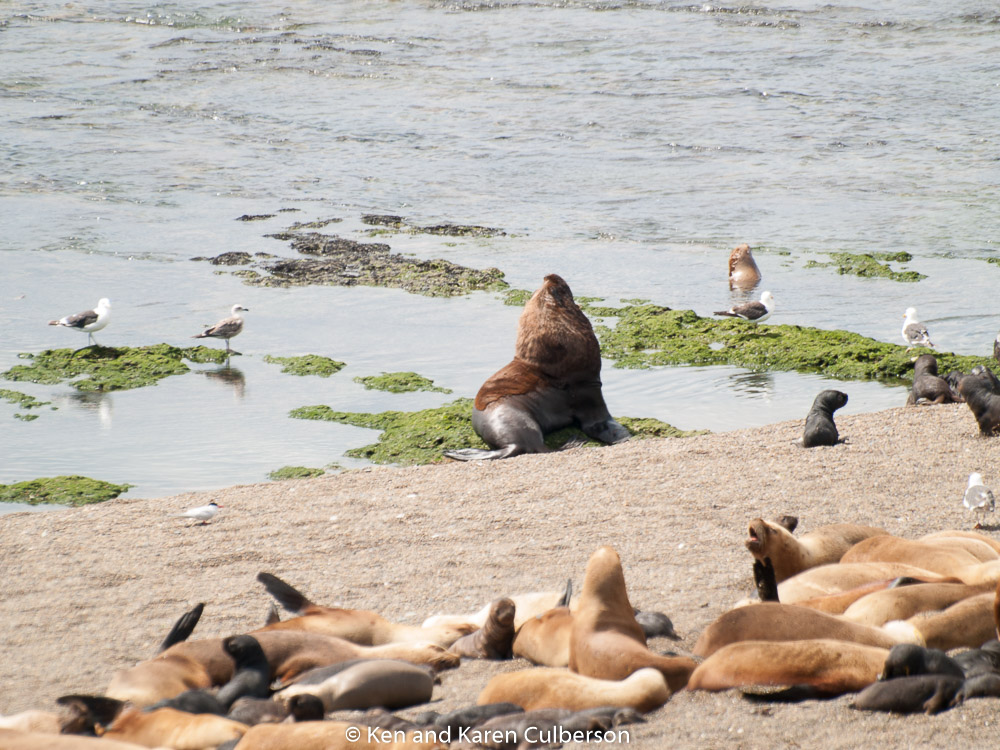
Península Valdés
Austria
Historic Center of the City of Salzburg Visited May 2017
Salzburg is an Austrian city on the border of Germany, with views of the Eastern Alps. The city is divided by the Salzach River, with medieval and baroque buildings of the pedestrian Altstadt (Old City) on its left bank, facing the 19th-century Neustadt (New City) on its right. The Altstadt birthplace of famed composer Mozart is preserved as a museum displaying his childhood instruments.
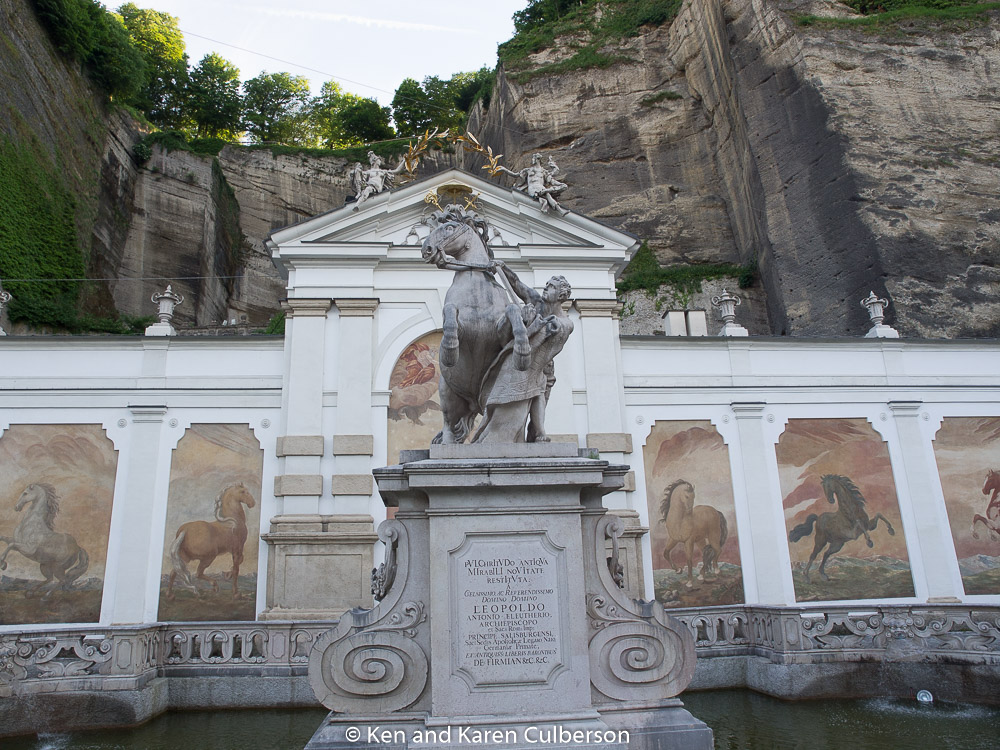
Historic Centre of the City of Salzburg
Palace and Gardens of Schönbrunn Visited May 2017
Schönbrunn Palace was the main summer residence of the Habsburg rulers, located in Vienna. The 1,441-room Baroque palace is one of the most important architectural, cultural, and historical monuments in the country. Since the mid-1950s it has been a major tourist attraction. A small zoo has existed at Schönbrunn since 1540 and was opened to the public in 1779.
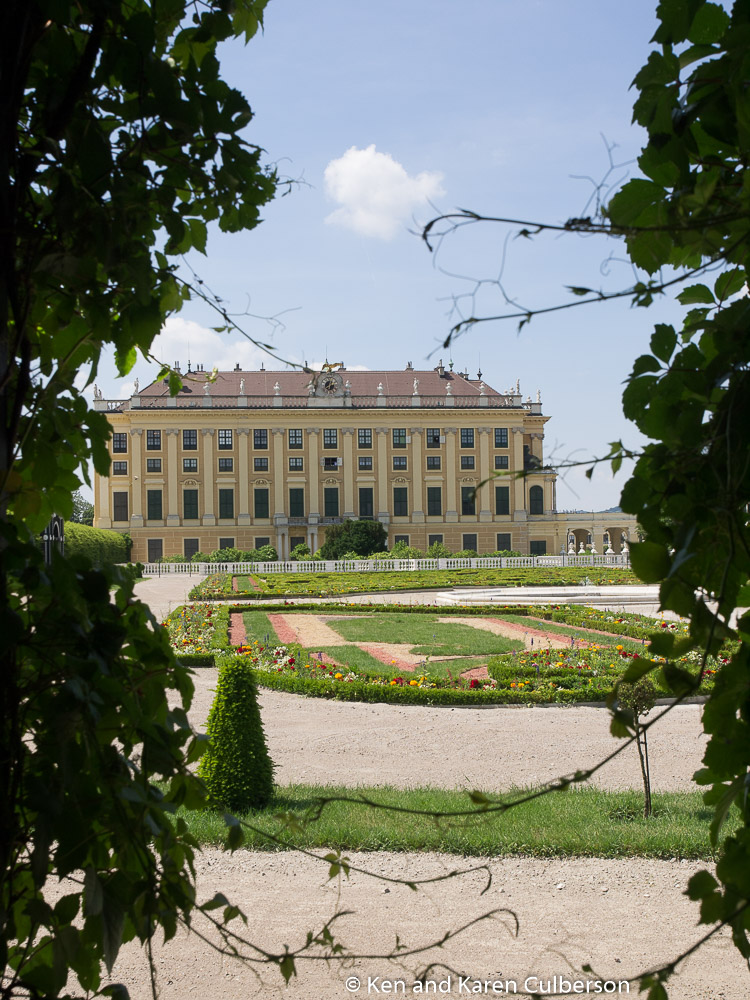
Palace and Gardens of Schönbrunn
Historic Center of Vienna
The historic centre of Vienna is rich in architectural ensembles, including Baroque castles and gardens, as well as the late-19th-century Ringstrasse lined with grand buildings, monuments and parks.
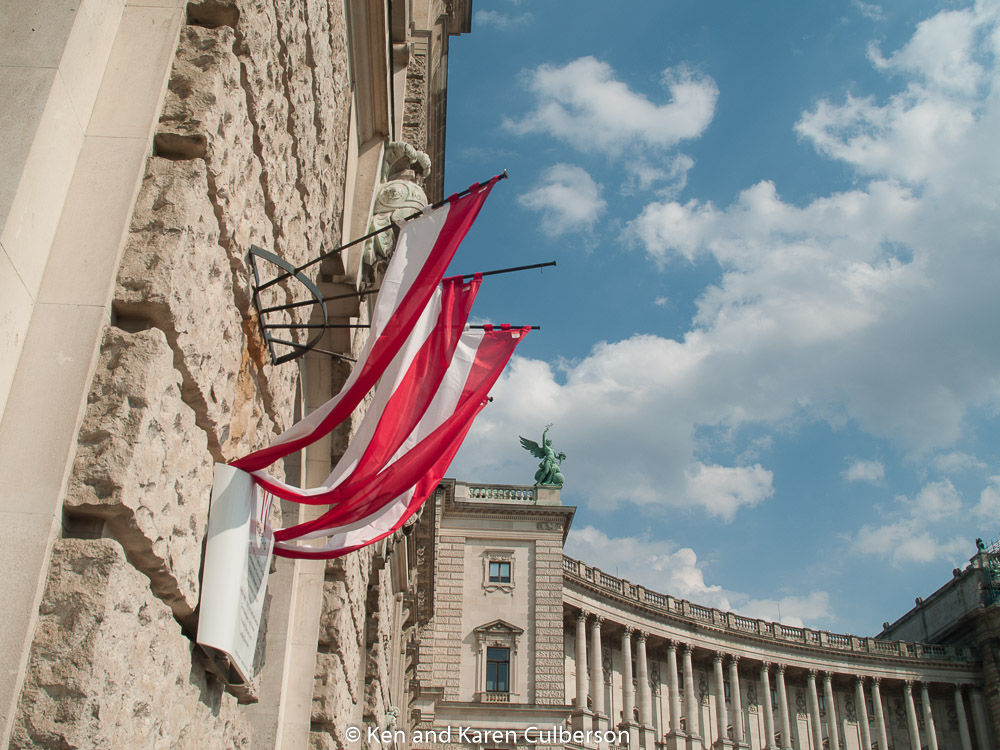
Historic Centre of Vienna
Barbados
Historic Bridgetown and its Garrison
The Historic Bridgetown and its Garrison is an outstanding example of British colonial architecture. For instance, the well-preserved old town built in the 17th, 18th and 19th centuries testifies to the spread of Great Britain’s Atlantic colonial empire. The nearby military garrison consists of numerous historic buildings. However, it is the serpentine urban lay-out that demonstrates the different approach to colonial town-planning compared to the Spanish and Dutch colonial cities which were built along a grid plan.**
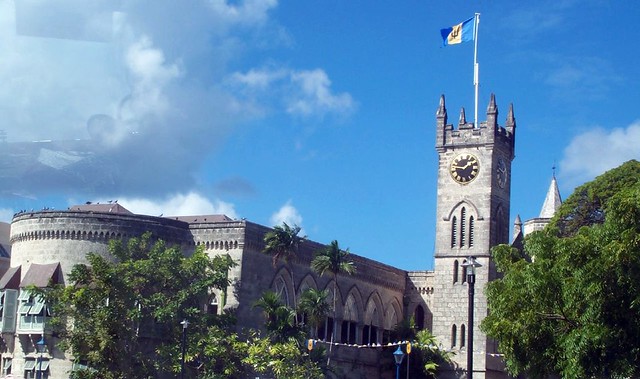
Canada
Historic District of Old Québec Visited October 2018
Bounded by fortifications dating to the 17th century, Old Quebec is rich in historic landmarks and museums. Upper Town contains the 1800s Citadelle fort, the grand Château Frontenac hotel and Terrasse Dufferin, a wide boardwalk overlooking the city. A funicular connects to Lower Town and the Quartier Petit Champlain, with a 1688 stone church, Place Royale square and charming boutiques on Rue du Petit Champlain.
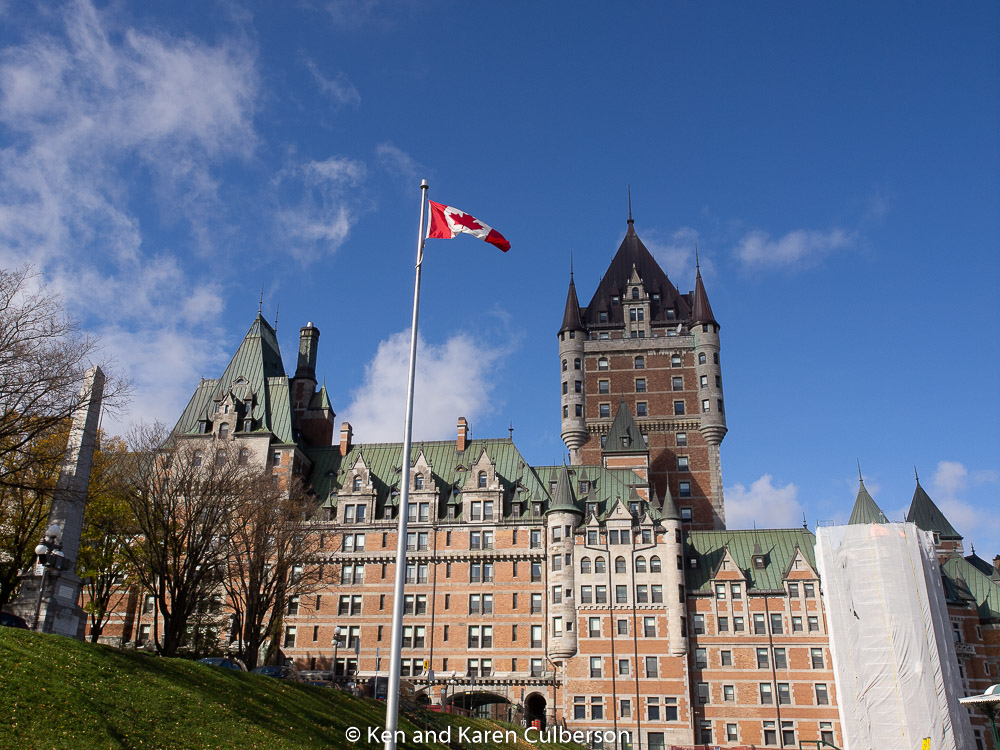
Historic District of Old Québec
Czech Republic
Historic Center of Prague Visited June 2017
Built between the 11th and 18th centuries, the Old Town, the Lesser Town and the New Town speak of the great architectural and cultural influence enjoyed by this city since the Middle Ages. The many magnificent monuments, such as Hradcany Castle, St Vitus Cathedral, Charles Bridge and numerous churches and palaces were built mostly in the 14th century under the Holy Roman Emperor, Charles IV.
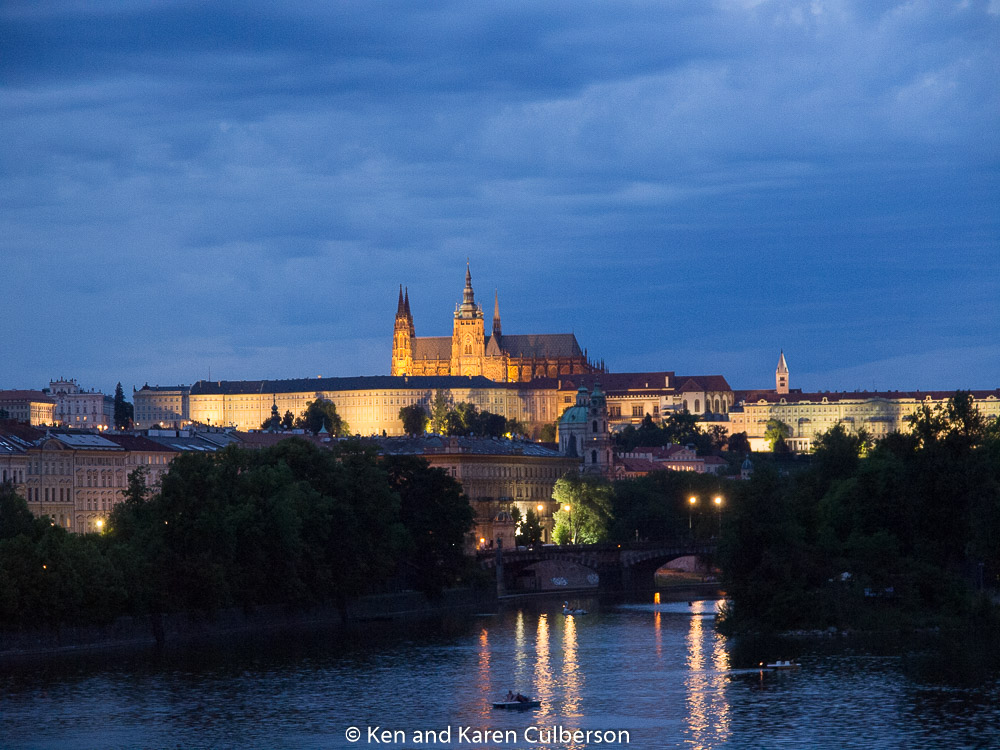
Historic Centre of Prague
Dominica
Morne Trois Pitons National Park Visited May 2009
Luxuriant natural tropical forest blends with scenic volcanic features of great scientific interest in this national park centred on the 1,342-m-high volcano known as Morne Trois Pitons. With its precipitous slopes and deeply incised valleys, 50 fumaroles, hot springs, three freshwater lakes, a ‘boiling lake’ and five volcanoes, located on the park’s nearly 7,000 ha, together with the richest biodiversity in the Lesser Antilles, Morne Trois Pitons National Park presents a rare combination of natural features of World Heritage value.
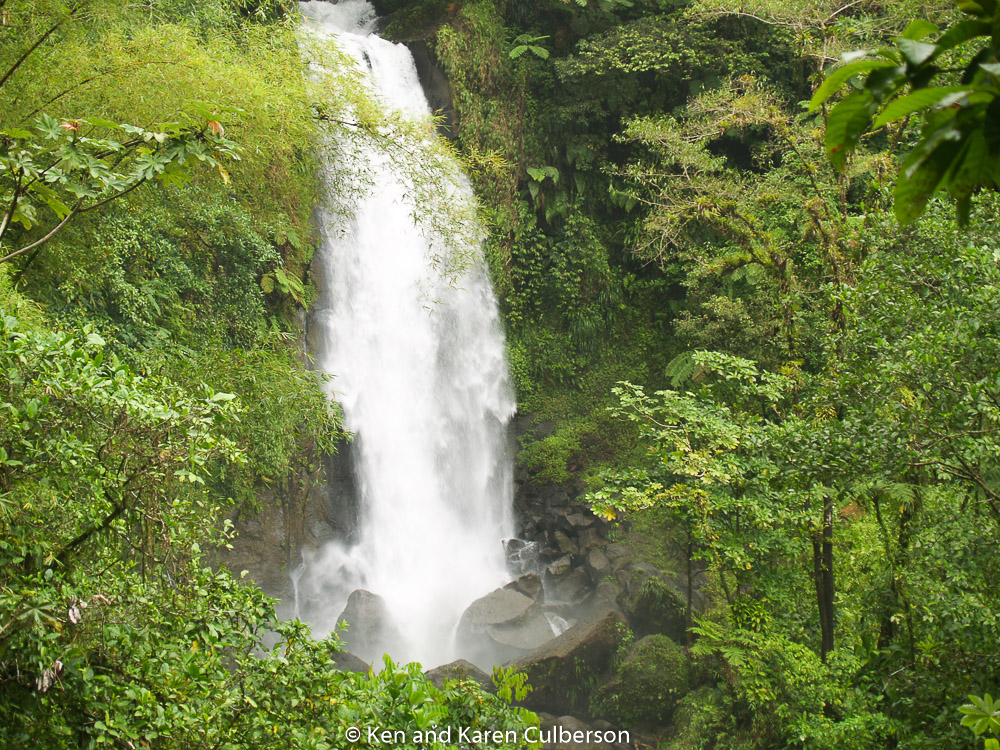
Morne Trois Pitons National Park
Dominican Republic
Colonial City of Santo Domingo Visited October 2006*
After Christopher Columbus’s arrival on the island in 1492, Santo Domingo became the site of the first cathedral, hospital, customs house and university in the Americas. This colonial town, founded in 1498, was laid out on a grid pattern that became the model for almost all town planners in the New World.**
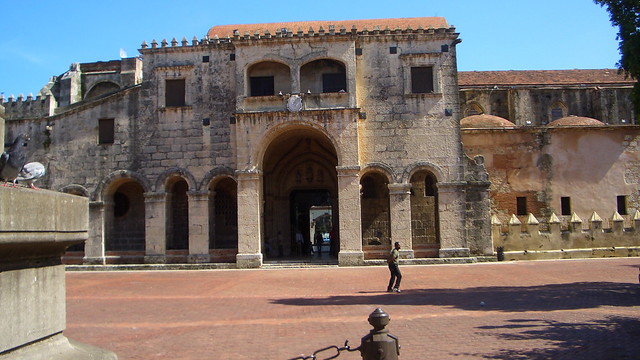
Colonial City of Santo Domingo
Estonia
Historic Center (Old Town) of Tallinn Visited August 2013
The origins of Tallinn date back to the 13th century, when a castle was built there by the crusading knights of the Teutonic Order. It developed as a major center of the Hanseatic League, and its wealth is demonstrated by the opulence of the public buildings (the churches in particular) and the domestic architecture of the merchants’ houses, which have survived to a remarkable degree despite the ravages of fire and war in the intervening centuries.
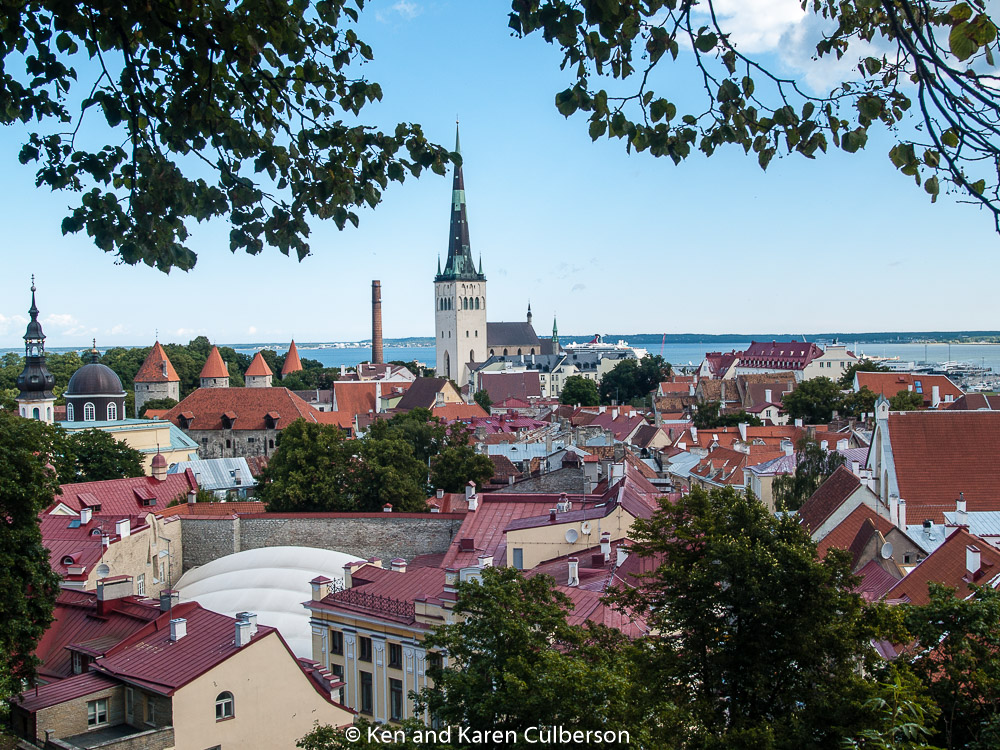
Historic Centre (Old Town) of Tallinn
France
Palace and Park of Versailles Visited May 2012
The Palace of Versailles was the principal residence of the French kings from the time of Louis XIV to Louis XVI. Embellished by several generations of architects, sculptors, decorators and landscape architects, it provided Europe with a model of the ideal royal residence for over a century.

Palace and Park of Versailles
Paris, Banks of the Seine Visited May 2012
From the Louvre to the Eiffel Tower, from the Place de la Concorde to the Grand and Petit Palais, the evolution of Paris and its history can be seen from the River Seine. The Cathedral of Notre-Dame and the Sainte Chapelle are architectural masterpieces while Haussmann’s wide squares and boulevards influenced late 19th- and 20th-century town planning the world over.
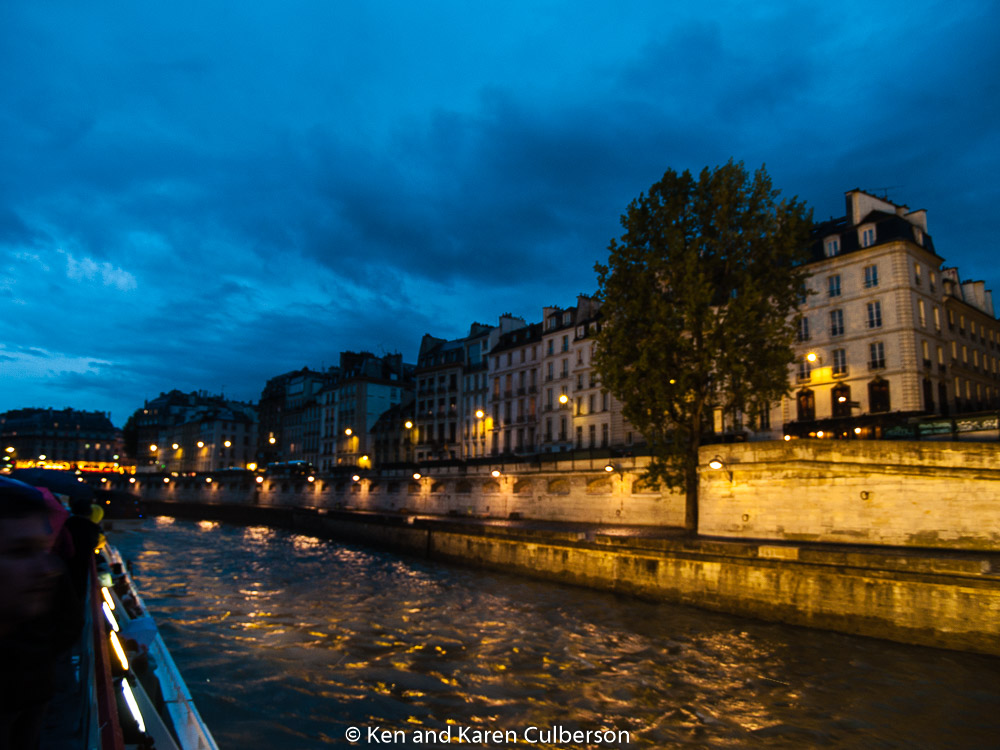
Paris, Banks of the Seine
Germany
Würzburg Residence with the Court Gardens and Residence Square Visited May 2017
This magnificent Baroque palace – one of the largest and most beautiful in Germany and surrounded by wonderful gardens – was created under the patronage of the prince-bishops Lothar Franz and Friedrich Carl von Schönborn. It was built and decorated in the 18th century by an international team of architects, painters (including Tiepolo), sculptors and stucco-workers, led by Balthasar Neumann.
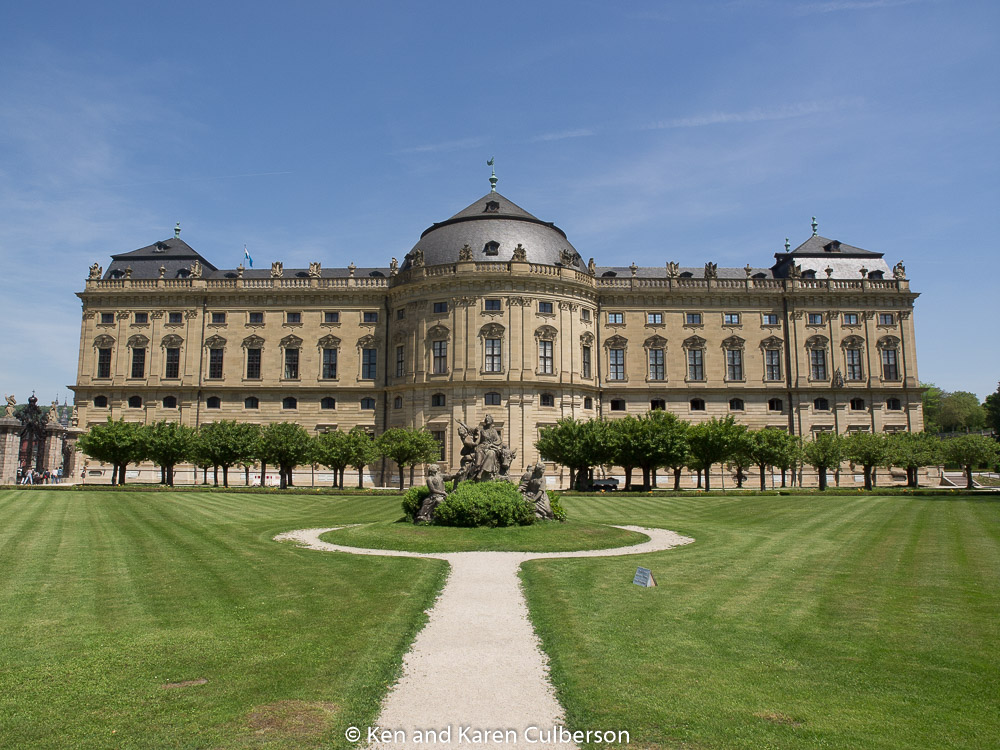
Würzburg Residence with the Court Gardens and Residence Square
Pilgrimage Church of Wies Visited May 2017
Miraculously preserved in the beautiful setting of an Alpine valley, the Church of Wies (1745–54), the work of architect Dominikus Zimmermann, is a masterpiece of Bavarian Rococo – exuberant, colorful and joyful.
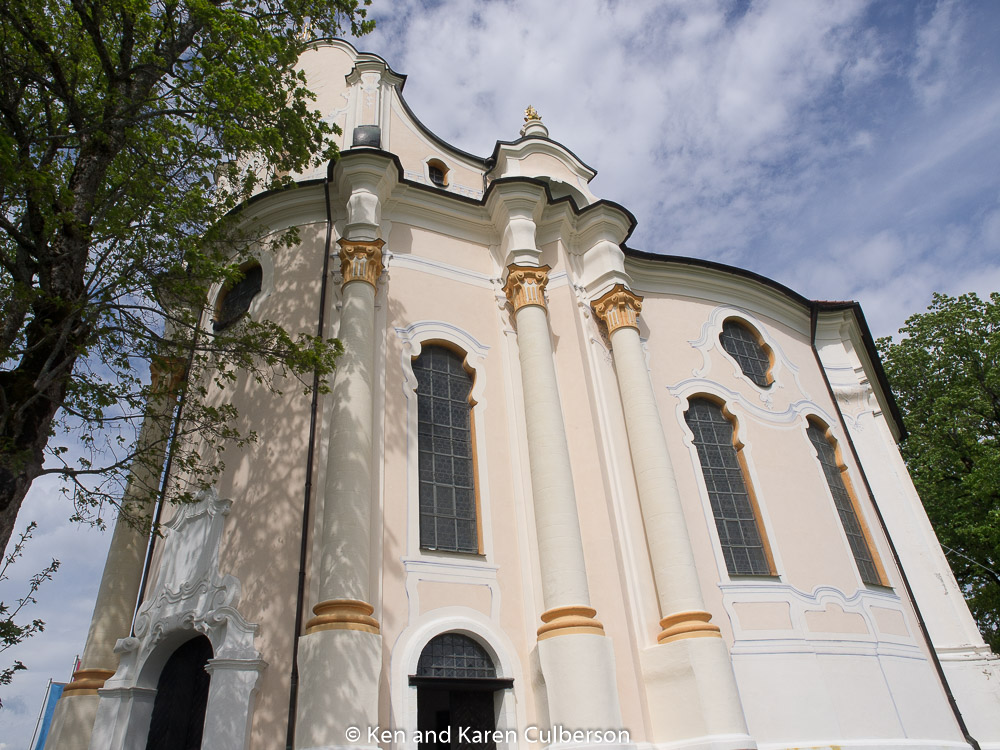
Pilgrimage Church of Wies
Holy See
Vatican City Visited May 2011 / October 2015
The Vatican City, one of the most sacred places in Christendom, attests to a great history and a formidable spiritual venture. A unique collection of artistic and architectural masterpieces lie within the boundaries of this small state. At its center is St Peter’s Basilica, with its double colonnade and a circular piazza in front and bordered by palaces and gardens. The basilica, erected over the tomb of St Peter the Apostle, is the largest religious building in the world, the fruit of the combined genius of Bramante, Raphael, Michelangelo, Bernini and Maderno.
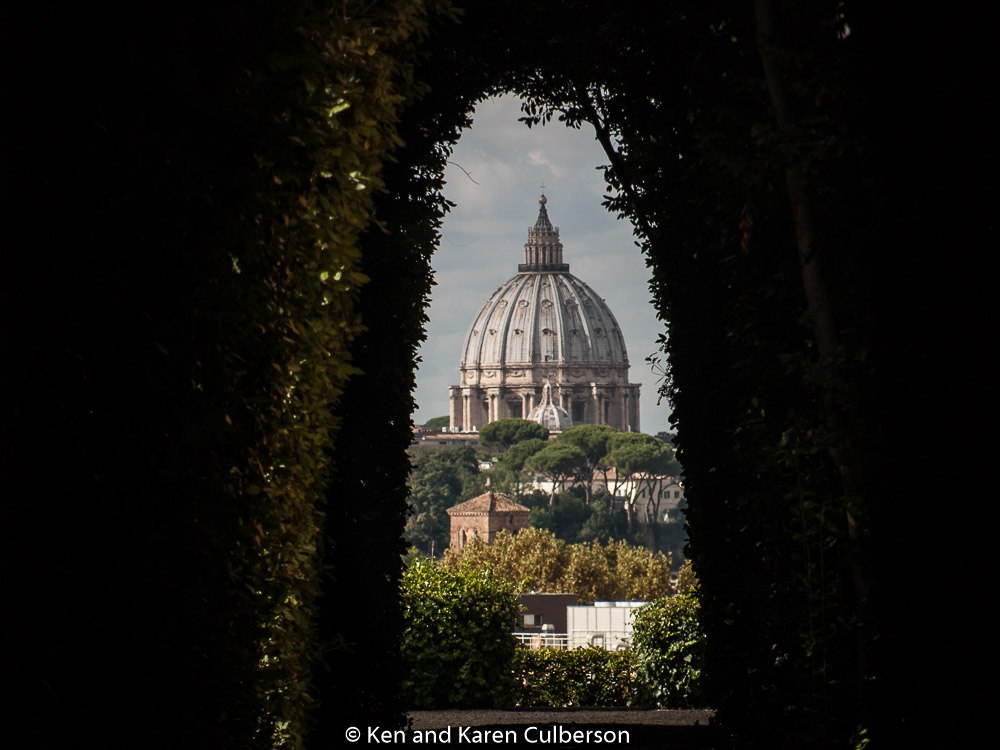
Vatican City
Hungary
Budapest, including the Banks of the Danube, the Buda Castle Quarter and Andrássy Avenue Visited June 2017
This site has the remains of monuments such as the Roman city of Aquincum and the Gothic castle of Buda, which have had a considerable influence on the architecture of various periods. It is one of the world’s outstanding urban landscapes and illustrates the great periods in the history of the Hungarian capital.
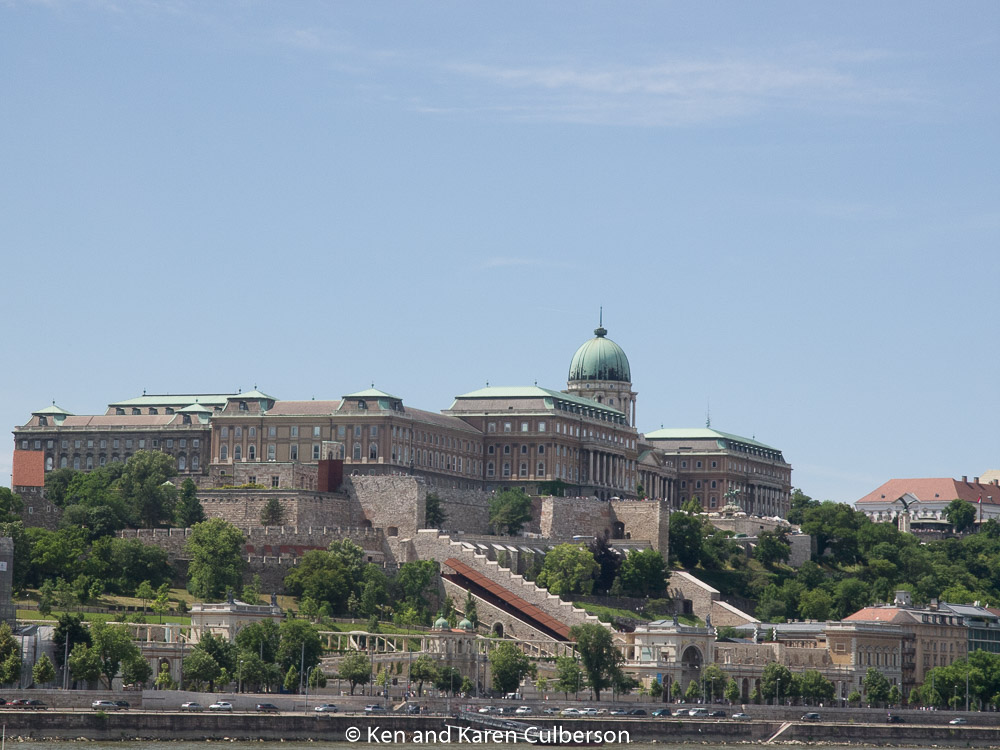
Budapest, including the Banks of the Danube, the Buda Castle Quarter and Andrássy Avenue
Italy
Historic Centre of Rome, the Properties of the Holy See in that City Enjoying Extraterritorial Rights and San Paolo Fuori le Mura Visited May 2011 / October 2015
Founded, according to legend, by Romulus and Remus in 753 BC, Rome was first the center of the Roman Republic, then of the Roman Empire, and it became the capital of the Christian world in the 4th century. The World Heritage site, extended in 1990 to the walls of Urban VIII, includes some of the major monuments of antiquity such as the Forums, the Mausoleum of Augustus, the Mausoleum of Hadrian, the Pantheon, Trajan’s Column and the Column of Marcus Aurelius, as well as the religious and public buildings of papal Rome.
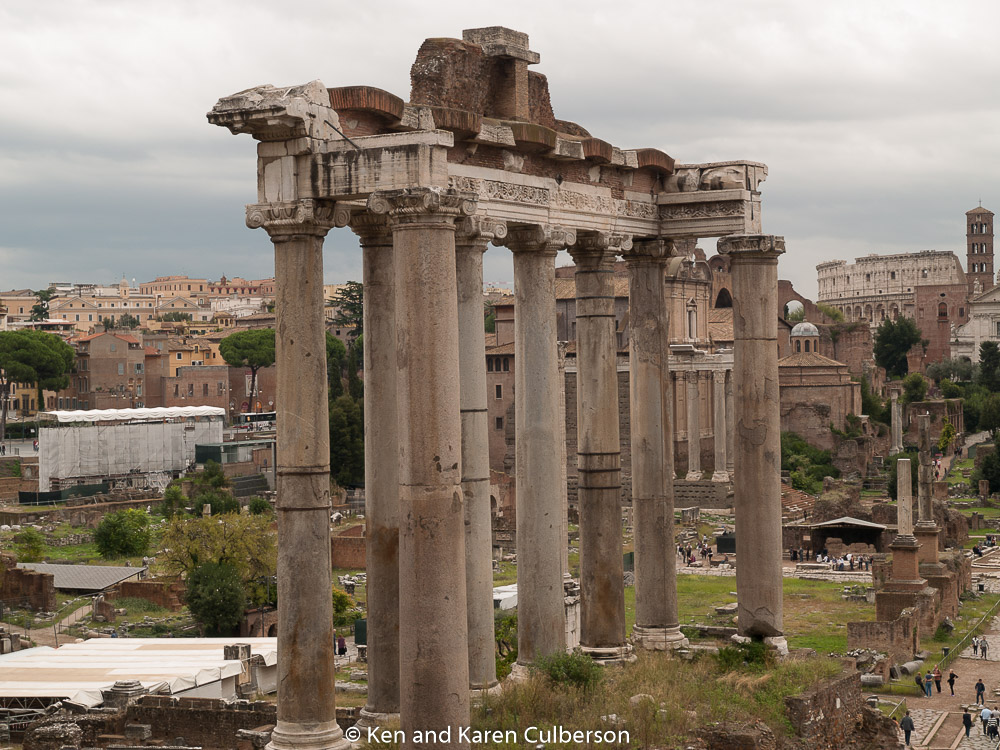
Historic Centre of Rome, the Properties of the Holy See in that City Enjoying Extraterritorial Rights and San Paolo Fuori le Mura
Historic Center of Florence Visited October 2015
Built on the site of an Etruscan settlement, Florence, the symbol of the Renaissance, rose to economic and cultural pre-eminence under the Medici in the 15th and 16th centuries. Its 600 years of extraordinary artistic activity can be seen above all in the 13th-century cathedral (Santa Maria del Fiore), the Church of Santa Croce, the Uffizi and the Pitti Palace, the work of great masters such as Giotto, Brunelleschi, Botticelli and Michelangelo.
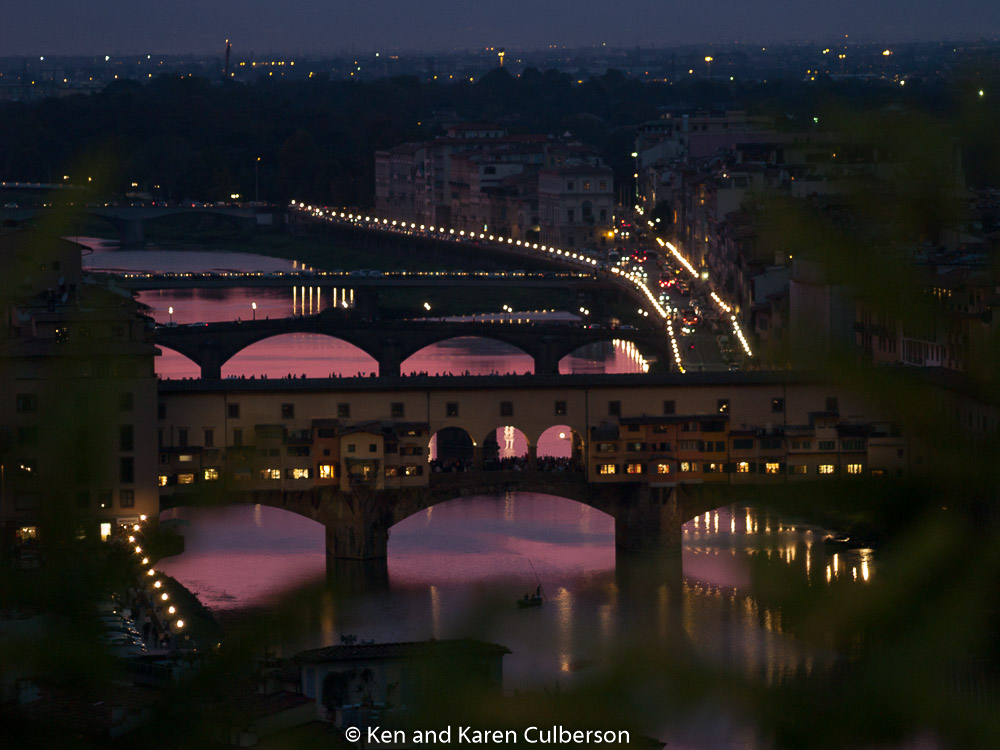
Historic Centre of Florence
Piazza del Duomo, Pisa Visited October 2015
Standing in a large green expanse, Piazza del Duomo houses a group of monuments known the world over. These four masterpieces of medieval architecture – the cathedral, the baptistery, the campanile (the ‘Leaning Tower’) and the cemetery – had a great influence on monumental art in Italy from the 11th to the 14th century.
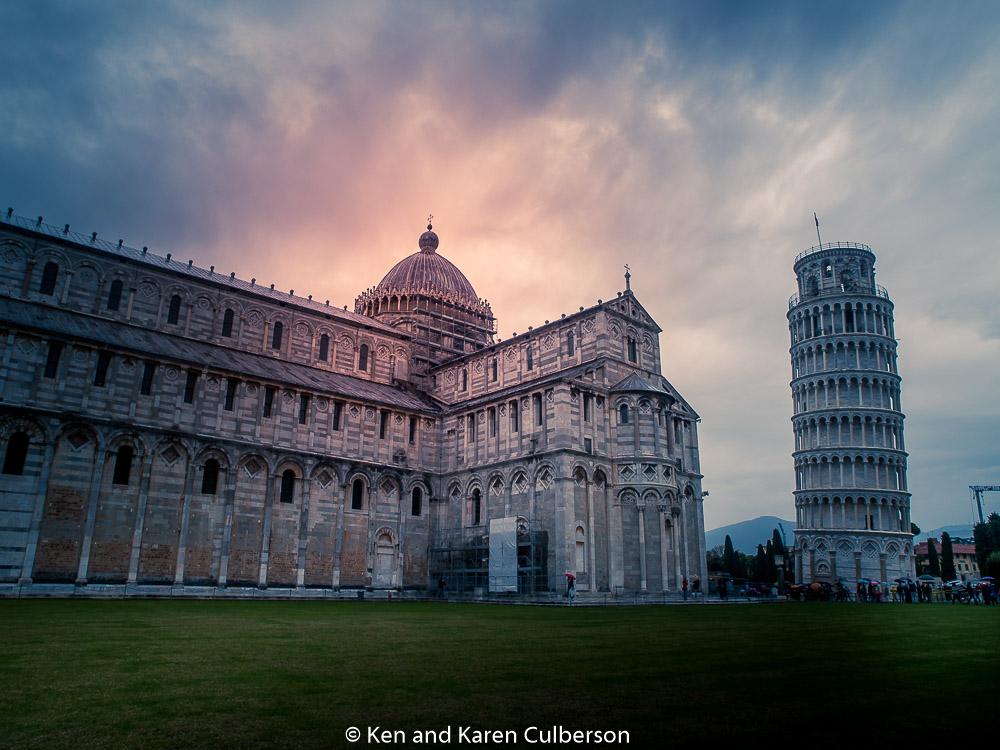
Piazza del Duomo, Pisa
Venice and its Lagoon Visited May 2011 / October 2015
Founded in the 5th century and spread over 118 small islands, Venice became a major maritime power in the 10th century. The whole city is an extraordinary architectural masterpiece in which even the smallest building contains works by some of the world’s greatest artists such as Giorgione, Titian, Tintoretto, Veronese and others.
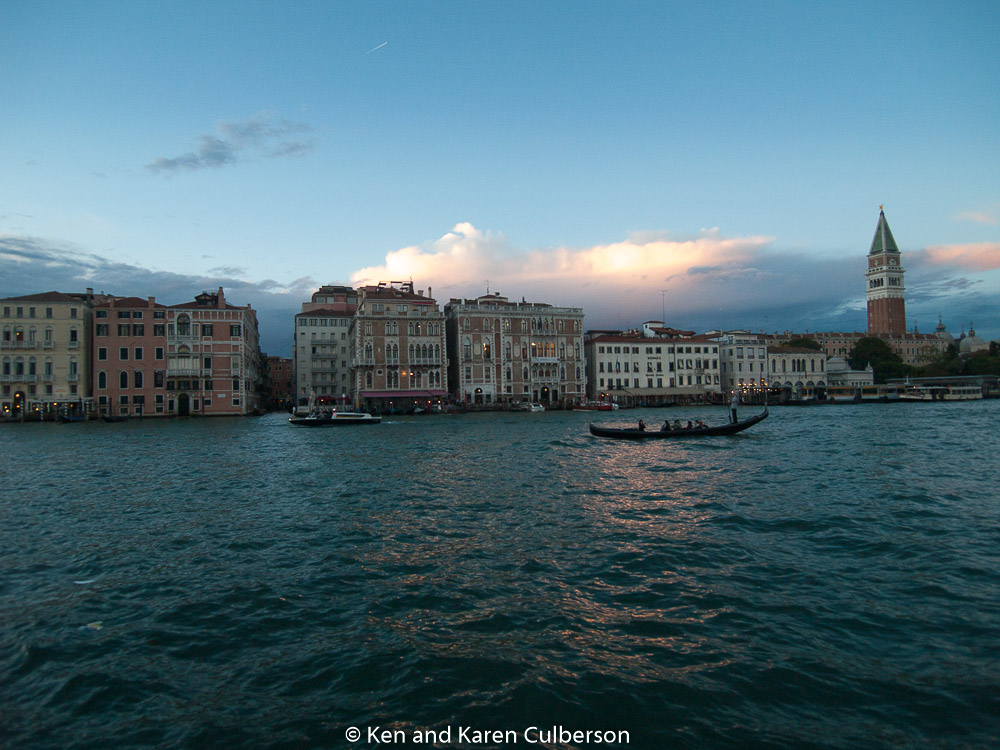
Venice and its Lagoon
Historic Center of Naples Visited May 2011
Founded in the 5th century and spread over 118 small islands, Venice became a major maritime power in the 10th century. The whole city is an extraordinary architectural masterpiece in which even the smallest building contains works by some of the world’s greatest artists such as Giorgione, Titian, Tintoretto, Veronese and others.
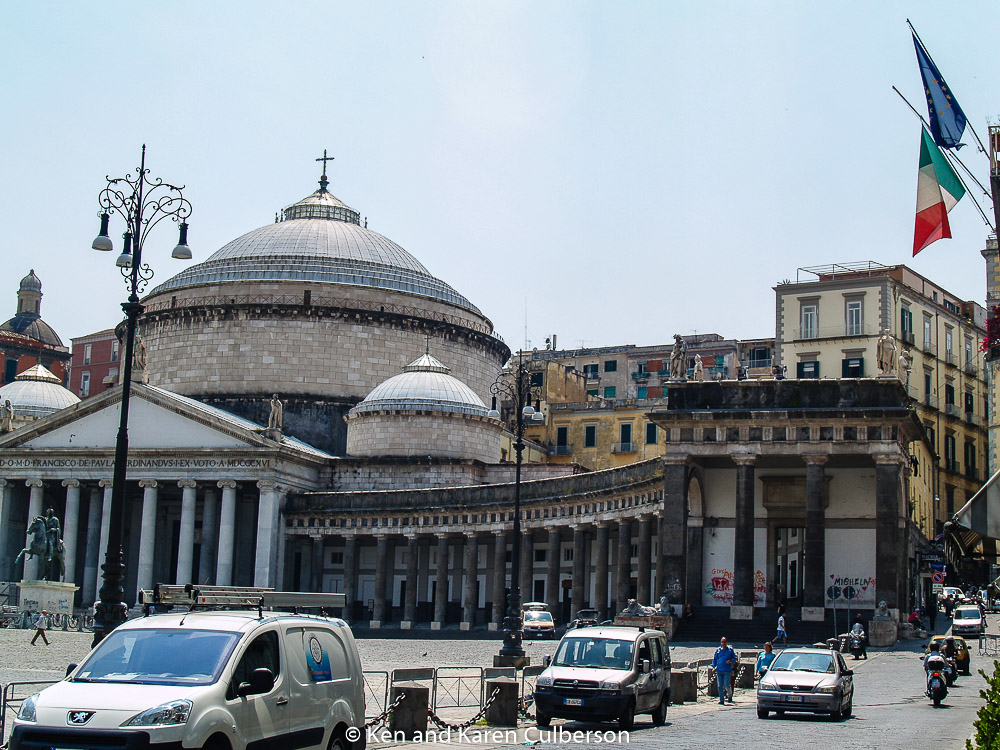
Historic Centre of Naples
Archaeological Areas of Pompei, Herculaneum and Torre Annunziata Visited May 2011
When Vesuvius erupted on 24 August AD 79, it engulfed the two flourishing Roman towns of Pompeii and Herculaneum, as well as the many wealthy villas in the area. These have been progressively excavated and made accessible to the public since the mid-18th century. The vast expanse of the commercial town of Pompeii contrasts with the smaller but better-preserved remains of the holiday resort of Herculaneum, while the superb wall paintings of the Villa Oplontis at Torre Annunziata give a vivid impression of the opulent lifestyle enjoyed by the wealthier citizens of the Early Roman Empire.
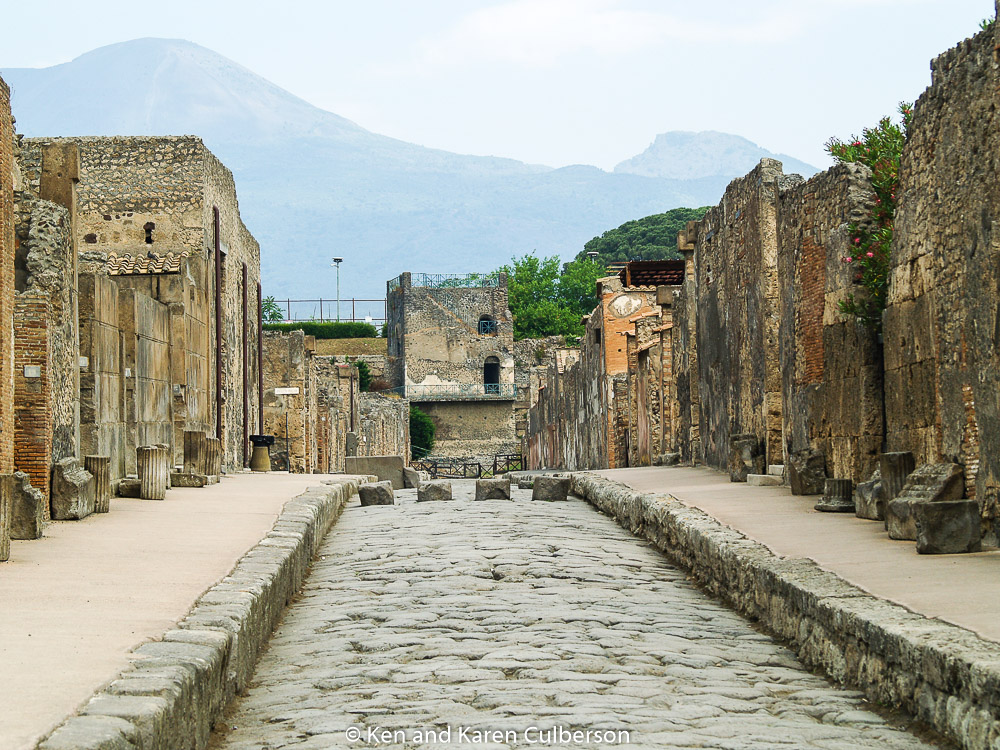
Archaeological Areas of Pompeii, Herculaneum and Torre Annunziata
Netherlands
Seventeenth-Century Canal Ring Area of Amsterdam inside the Singelgracht Visited August 2013
The historic urban ensemble of the canal district of Amsterdam was a project for a new ‘port city’ built at the end of the 16th and beginning of the 17th centuries. It comprises a network of canals to the west and south of the historic old town and the medieval port that encircled the old town and was accompanied by the repositioning inland of the city’s fortified boundaries, the Singelgracht. This was a long-term programme that involved extending the city by draining the swampland, using a system of canals in concentric arcs and filling in the intermediate spaces. These spaces allowed the development of a homogeneous urban ensemble including gabled houses and numerous monuments. This urban extension was the largest and most homogeneous of its time. It was a model of large-scale town planning, and served as a reference throughout the world until the 19th century
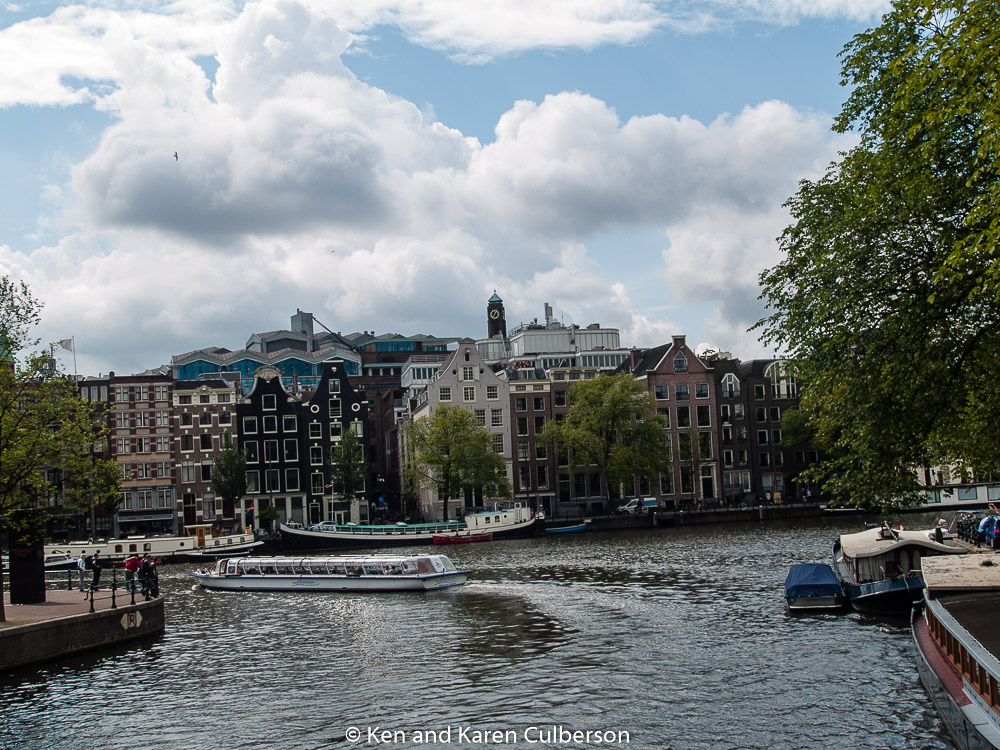
Seventeenth-Century Canal Ring Area of Amsterdam inside the Singelgracht
Russian Federation
Historic Center of Saint Petersburg and Related Groups of Monuments Visited August 2013
The ‘Venice of the North’, with its numerous canals and more than 400 bridges, is the result of a vast urban project begun in 1703 under Peter the Great. Later known as Leningrad (in the former USSR), the city is closely associated with the October Revolution. Its architectural heritage reconciles the very different Baroque and pure neoclassical styles, as can be seen in the Admiralty, the Winter Palace, the Marble Palace and the Hermitage.
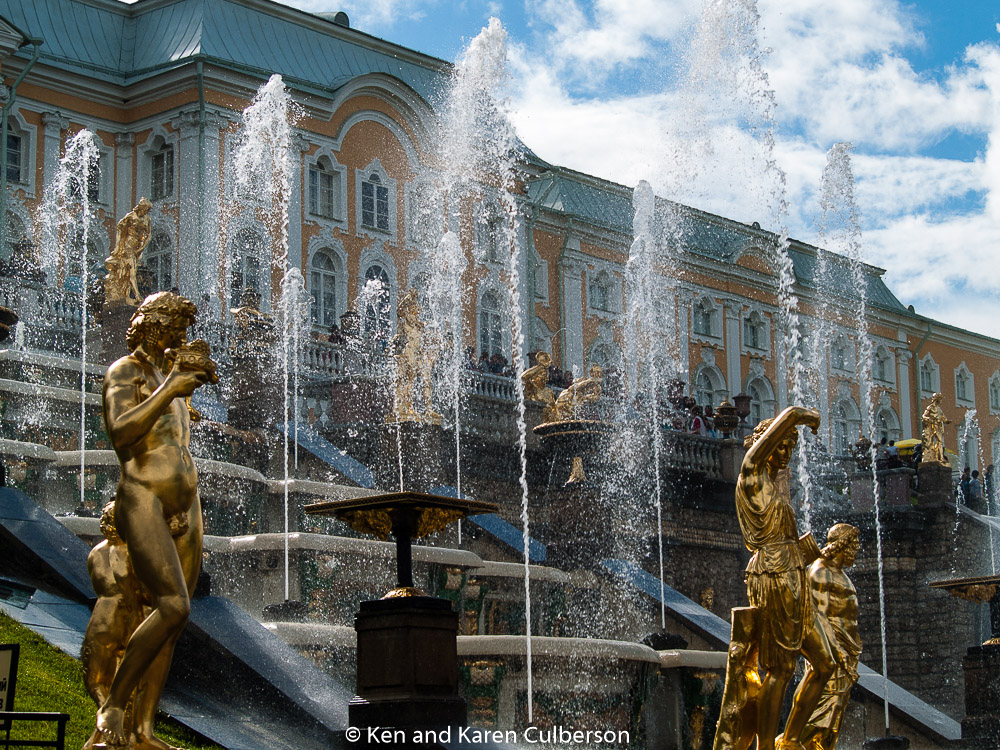
Historic Center of Saint Petersburg and Related Groups of Monuments
Spain
Works of Antoni Gaudí Visited May 2011
Seven properties built by the architect Antoni Gaudí (1852–1926) in or near Barcelona testify to Gaudí’s exceptional creative contribution to the development of architecture and building technology in the late 19th and early 20th centuries. These monuments represent an eclectic, as well as a very personal, style which was given free reign in the design of gardens, sculpture and all decorative arts, as well as architecture. The seven buildings are: Parque Güell; Palacio Güell; Casa Mila; Casa Vicens; Gaudí’s work on the Nativity façade and Crypt of La Sagrada Familia; Casa Batlló; Crypt in Colonia Güell.
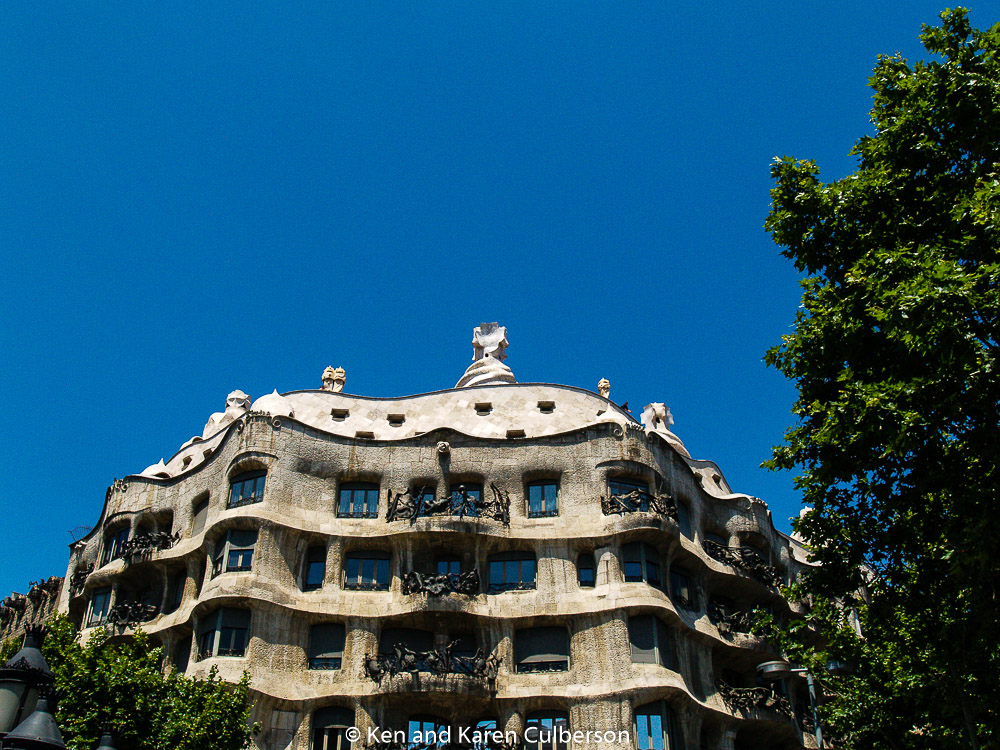
Works of Antoni Gaudí
United Kingdom of Great Britain and Northern Ireland
Canterbury Cathedral, St Augustine’s Abbey, and St Martin’s Church Visited April 2012
Canterbury, in Kent, has been the seat of the spiritual head of the Church of England for nearly five centuries. Canterbury’s other important monuments are the modest Church of St Martin, the oldest church in England; the ruins of the Abbey of St Augustine, a reminder of the saint’s evangelizing role in the Heptarchy from 597; and Christ Church Cathedral, a breathtaking mixture of Romanesque and Perpendicular Gothic, where Archbishop Thomas Becket was murdered in 1170.
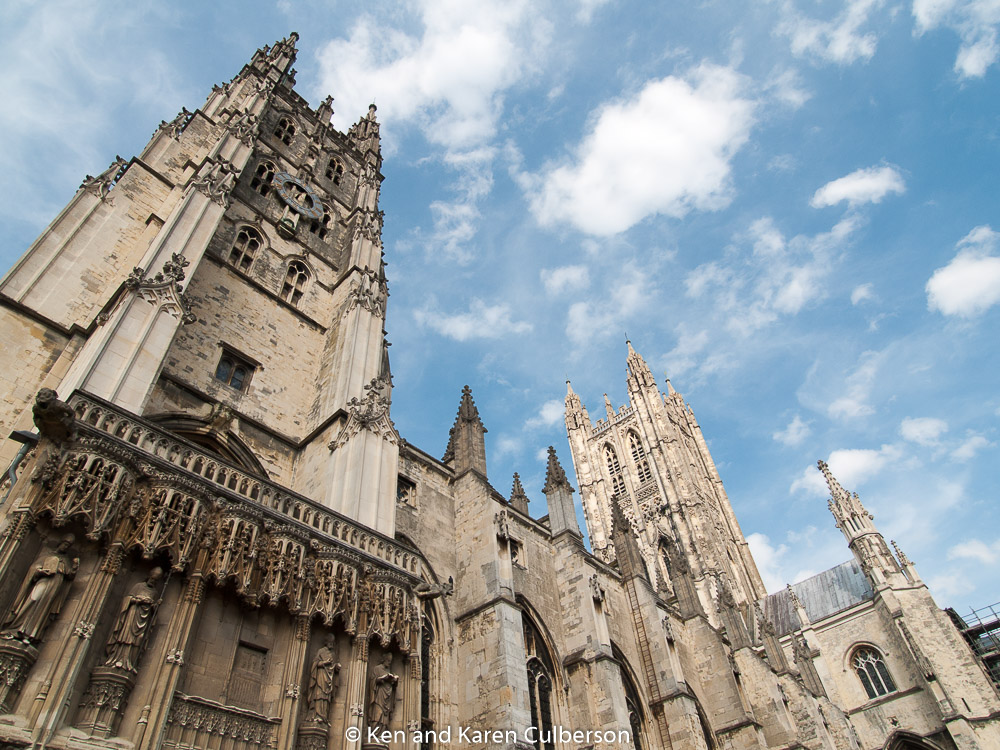
Canterbury Cathedral, St Augustine’s Abbey, and St Martin’s Church
Stonehenge, Avebury and Associated Sites Visited August 2013
Stonehenge and Avebury, in Wiltshire, are among the most famous groups of megaliths in the world. The two sanctuaries consist of circles of menhirs arranged in a pattern whose astronomical significance is still being explored. These holy places and the nearby Neolithic sites are an incomparable testimony to prehistoric times.
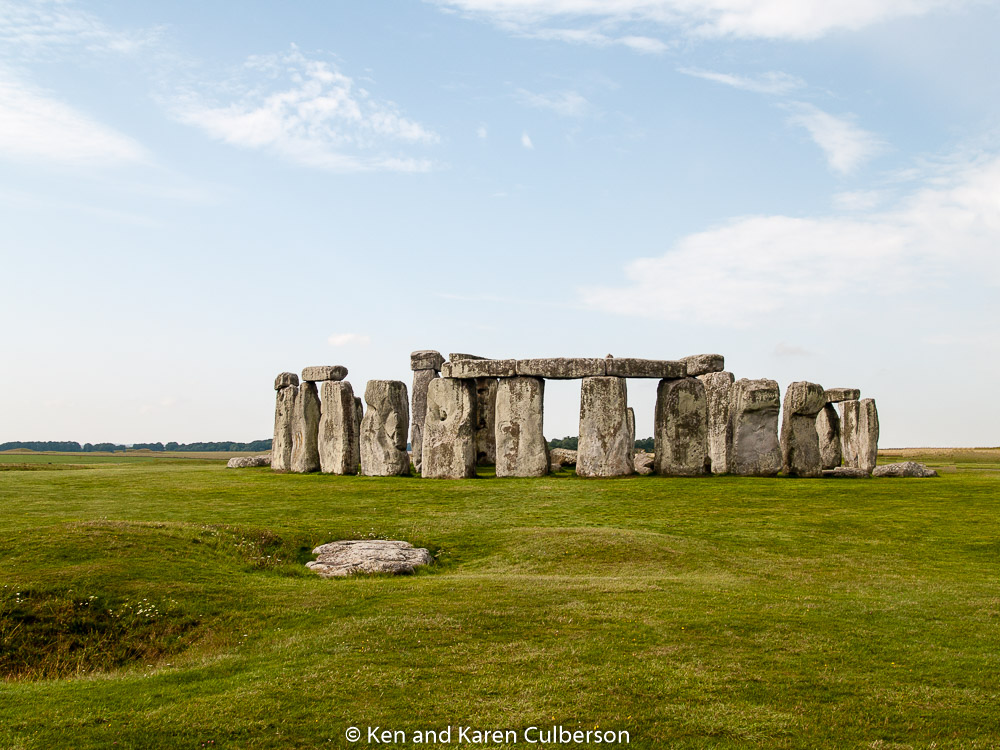
Stonehenge, Avebury and Associated Sites
City of Bath Visited August 2013
Founded by the Romans as a thermal spa, Bath became an important centre of the wool industry in the Middle Ages. In the 18th century, under George III, it developed into an elegant town with neoclassical Palladian buildings, which blend harmoniously with the Roman baths.
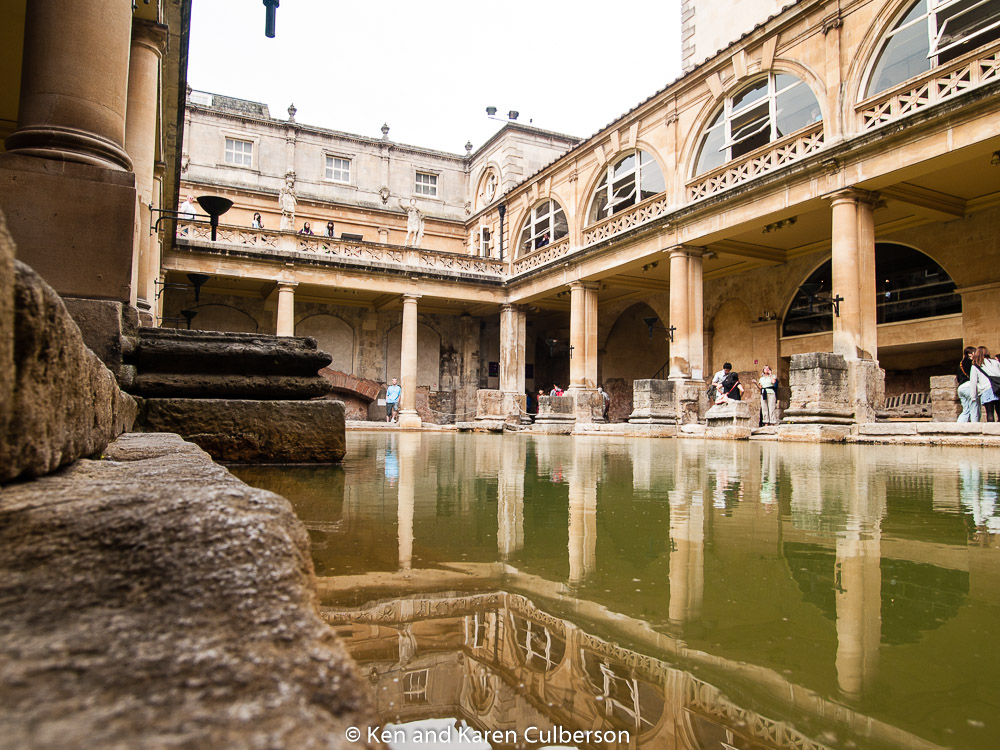
City of Bath
Palace of Westminster and Westminster Abbey including Saint Margaret’s Church Visited April 2012
Westminster Palace, rebuilt from the year 1840 on the site of important medieval remains, is a fine example of neo-Gothic architecture. The site – which also comprises the small medieval Church of Saint Margaret, built in Perpendicular Gothic style, and Westminster Abbey, where all the sovereigns since the 11th century have been crowned – is of great historic and symbolic significance.
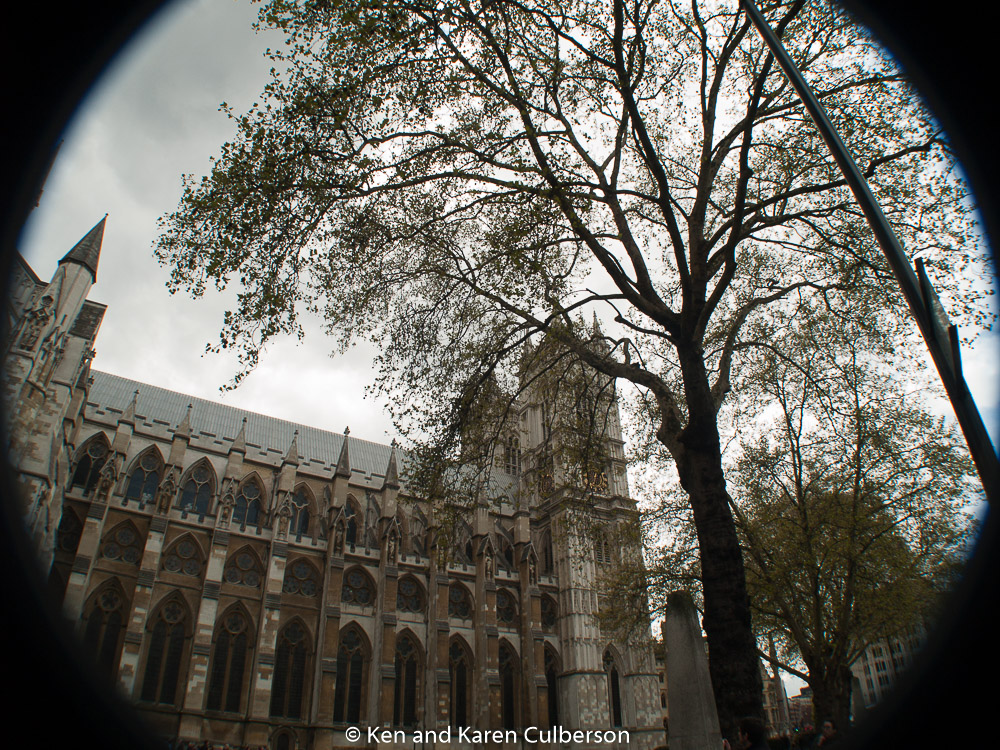
Palace of Westminster and Westminster Abbey including Saint Margaret’s Church
Tower of London Visited April 2012
The massive White Tower is a typical example of Norman military architecture, whose influence was felt throughout the kingdom. It was built on the Thames by William the Conqueror to protect London and assert his power. The Tower of London – an imposing fortress with many layers of history, which has become one of the symbols of royalty – was built around the White Tower.
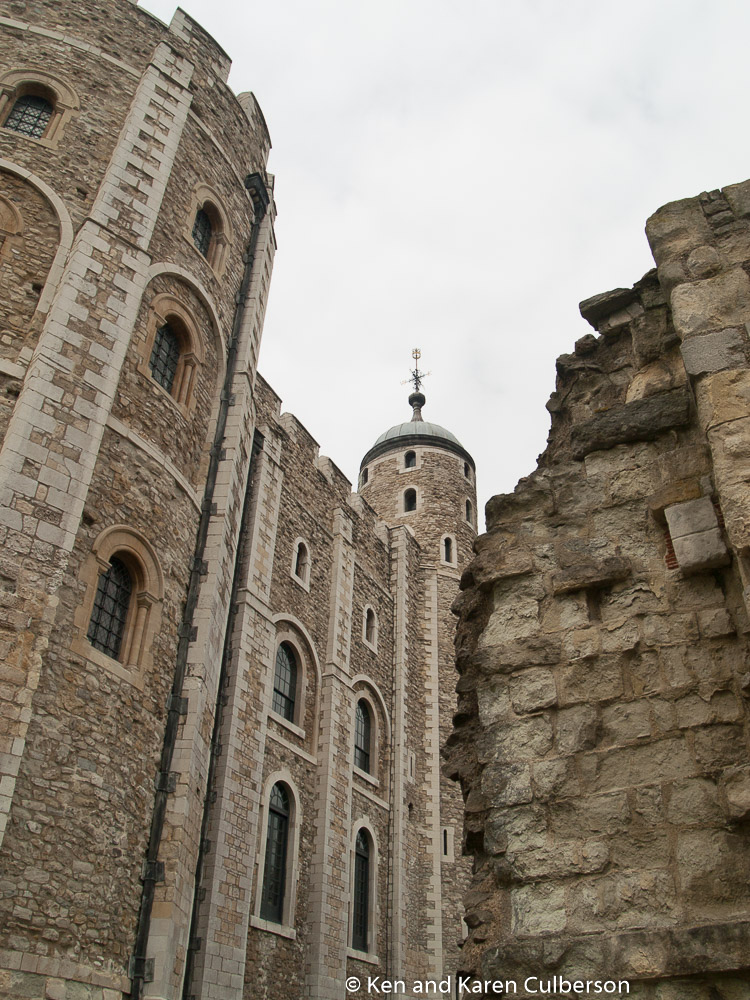
Tower of London
United States of America
Everglades National Park Visited July 2015++
This site at the southern tip of Florida has been called ‘a river of grass flowing imperceptibly from the hinterland into the sea’. The exceptional variety of its water habitats has made it a sanctuary for a large number of birds and reptiles, as well as for threatened species such as the manatee.
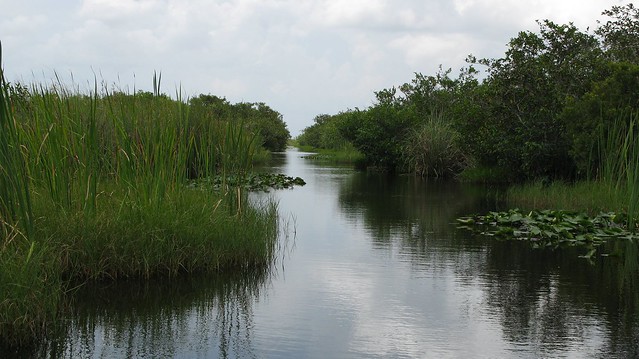
Everglades National Park
Grand Canyon National Park Visited December 2000 / May 2016
Carved out by the Colorado River, the Grand Canyon (nearly 1,500 m deep) is the most spectacular gorge in the world. Located in the state of Arizona, it cuts across the Grand Canyon National Park. Its horizontal strata retrace the geological history of the past 2 billion years. There are also prehistoric traces of human adaptation to a particularly harsh environment. **
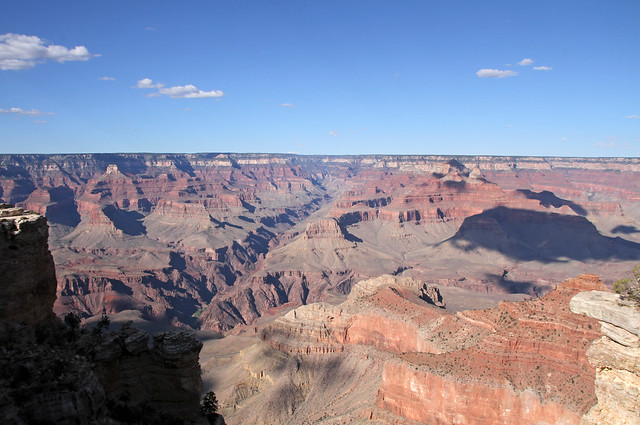
Grand Canyon National Park
Independence Hall Visited July 2005
The Declaration of Independence (1776) and the Constitution of the United States (1787) were both signed in this building in Philadelphia. The universal principles of freedom and democracy set forth in these documents are of fundamental importance to American history and have also had a profound impact on law-makers around the world. **

Independence Hall
Great Smoky Mountains National Park Visited October 2013
Stretching over more than 200,000 ha, this exceptionally beautiful park is home to more than 3,500 plant species, including almost as many trees (130 natural species) as in all of Europe. Many endangered animal species are also found there, including what is probably the greatest variety of salamanders in the world. Since the park is relatively untouched, it gives an idea of temperate flora before the influence of humankind. ++

Great Smoky Mountains National Park
La Fortaleza and San Juan National Historic Site in Puerto Rico Visited Feburary 2007 / May 2009 / October 2014
Between the 16th and 20th centuries, a series of defensive structures was built at this strategic point in the Caribbean Sea to protect the city and the Bay of San Juan. They represent a fine display of European military architecture adapted to harbour sites on the American continent.
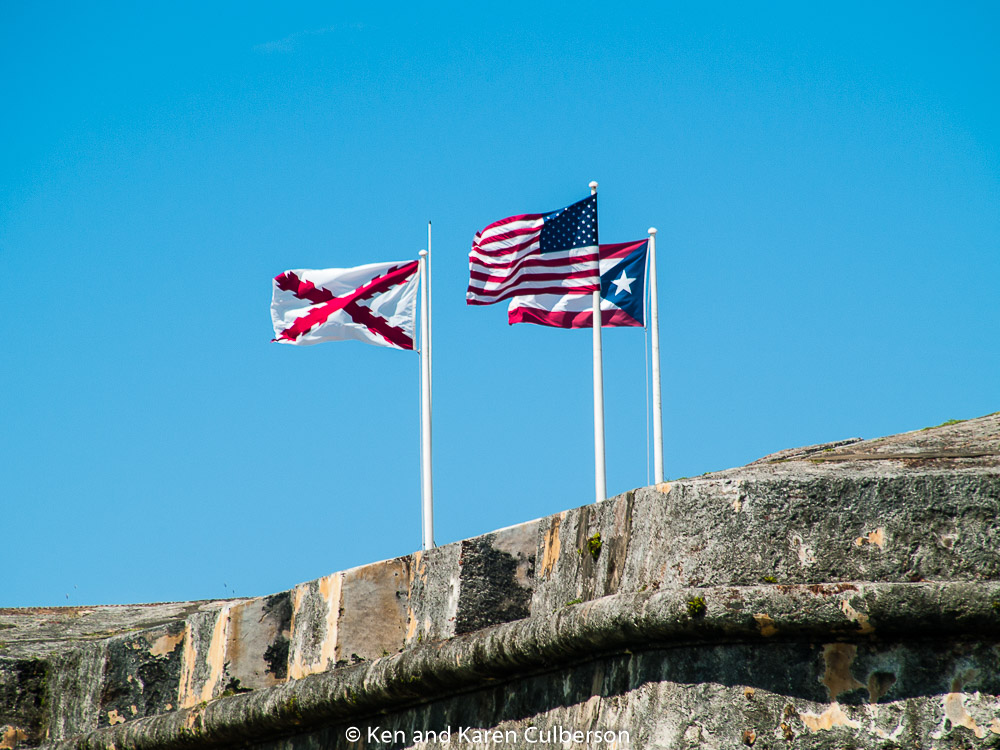
La Fortaleza and San Juan National Historic Site in Puerto Rico
Statue of Liberty Visited July 2004 / December 2011 / September 2018
Made in Paris by the French sculptor Bartholdi, in collaboration with Gustave Eiffel (who was responsible for the steel framework), this towering monument to liberty was a gift from France on the centenary of American independence. Inaugurated in 1886, the sculpture stands at the entrance to New York Harbour and has welcomed millions of immigrants to the United States ever since.
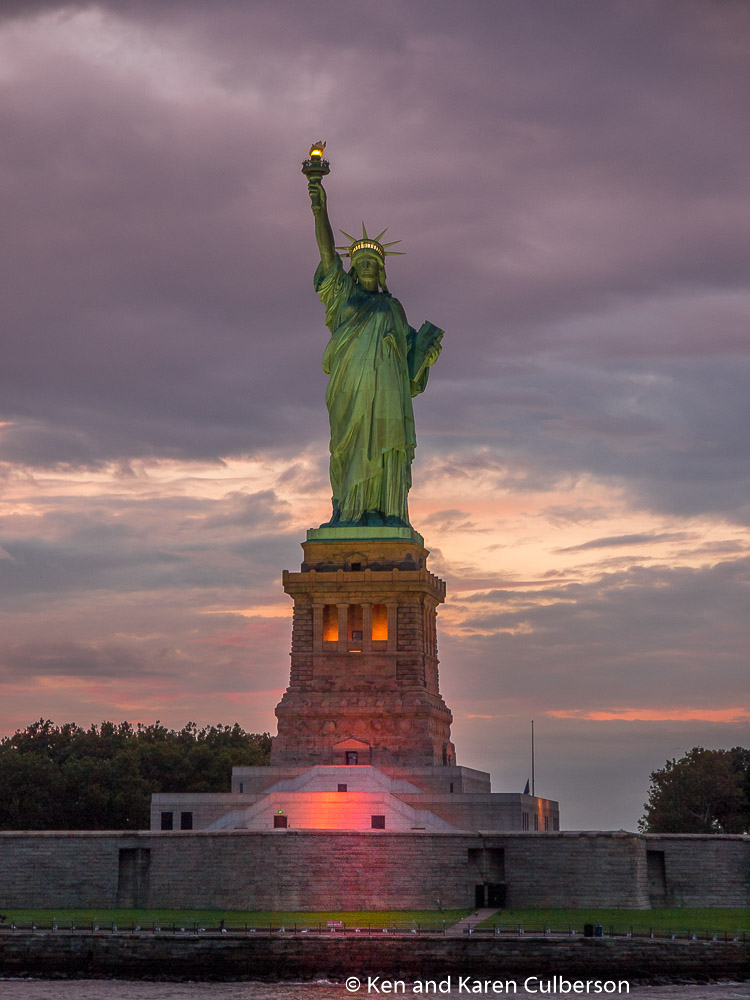
Statue of Liberty
Kluane / Wrangell-St. Elias / Glacier Bay / Tatshenshini-Alsek
These parks comprise an impressive complex of glaciers and high peaks on both sides of the border between Canada (Yukon Territory and British Columbia) and the United States (Alaska). The spectacular natural landscapes are home to many grizzly bears, caribou and Dall’s sheep. The site contains the largest non-polar ice-field in the world.
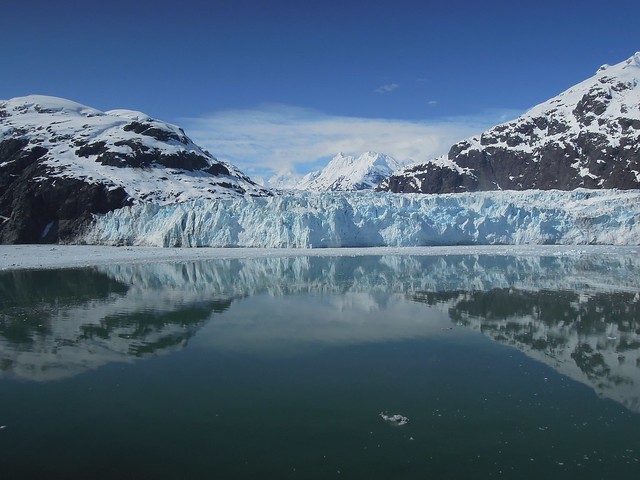
Kluane / Wrangell-St. Elias / Glacier Bay / Tatshenshini-Alsek
++Photo from Flikr with Creative Content License. No pictures in library? Did we not take a camera?
**Photo from Flikr with Creative Content License. This trip was pre-digital camera for us.
